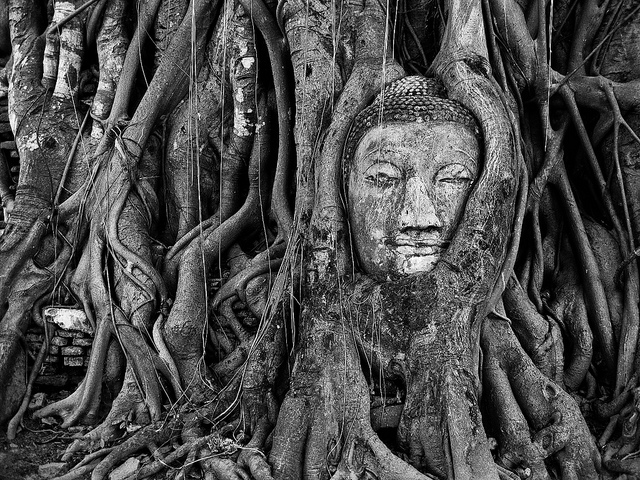The Bay of Bengal and the growing Buddhist–Muslim divide
 This is the last post of The Strategist’s series on the Bay of Bengal. As noted in previous posts, the Bay suffers from many trans-regional security issues—including separatist conflicts, piracy and people smuggling—which will increasingly require states in the region to cooperate in order to maintain regional security and stability. One issue that has received scant attention in Australia is the growing fault-line between Islam and Buddhism.
This is the last post of The Strategist’s series on the Bay of Bengal. As noted in previous posts, the Bay suffers from many trans-regional security issues—including separatist conflicts, piracy and people smuggling—which will increasingly require states in the region to cooperate in order to maintain regional security and stability. One issue that has received scant attention in Australia is the growing fault-line between Islam and Buddhism.
The Bay area represents one of the world’s most important concentrations of Buddhists. There are more than 120 million in the region, mostly of the Theravāda sect, concentrated in the Buddhist-majority states of Thailand, Myanmar and Sri Lanka. There are also more than 500 million Muslims, mostly in Indonesia, India, Bangladesh and Malaysia. In recent years there have been growing conflicts involving Buddhist majority and Muslim minority communities.
For decades, Thailand has seen Muslim-Malay separatist violence in its southern provinces abutting Malaysia result in the death of more than 6,000 people. Although the conflict has ebbed and flowed over the years, attacks by militants increased significantly in 2014, apparently as part of a campaign by separatists to ethnically cleanse the southern provinces of Buddhists. That provoked an often heavy-handed response by the Thai Army working in coordination with Buddhist monks and local vigilantes. The new military regime in Bangkok will likely take an even stronger response. Read more

